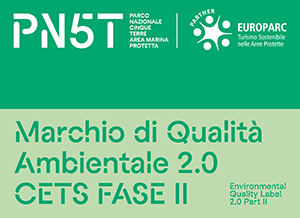Le Cinque Terre
The origin of the village of Riomaggiore
The origin of the village of Riomaggiore, according to local tradition, not however validated by historical sources, dates back to the 8th century AD. In fact, it is said of a group of Greek refugees who, to escape the persecutions of the iconoclastic emperor Leo III the Isauric, after various vicissitudes, arrived at Cape Montenero and settled halfway up the coast, forming small scattered communities.
The area, as well as others nearby, was later incorporated into the marca obertenga. Around the year 1000, the mid-coast settlements had become depopulated: in fact, thanks to a period of greater tranquillity on the seas and defence works that guaranteed security to the inhabitants, there was a progressive migration towards the sea with the formation of the village of Riomaggiore.
The village was a fief of Marquis Turcotti, lord of Ripalta ( near Borghetto in Val di Vara ), who had the castle and other fortifications built around 1260. The territory was then sold to the powerful Fieschi family, originally from Lavagna, who owned territories in the Gulf of La Spezia and in the interior, which aimed to expand further.
In 1340, the construction of the parish of San Giovanni Battista was begun at the behest of Bishop Antonio Fieschi.
More news:
- 16th century: due to numerous pirate raids on all coastal villages the castle of Riomaggiore is reinforced.
- 1608 Cinque Terre loses its function as a podesta office. Riomaggiore passes under the captaincy of La Spezia.
- 1818 the Republic of Genoa is annexed to the Kingdom of Sardinia. The Cinque Terre despite being geographically isolated have a certain economic recovery.
- 1874/1880 thanks to the construction of the Genoa - La Spezia railway line, the Cinque Terre emerge from geographical isolation. The phenomenon of commuting to nearby La Spezia began.
- 1926/1928 doubling of the railway line.





